CARING WITH FAMILY
|
| The level of affection a breed exhibits towards family members or familiar individuals can vary. Certain breeds may display aloofness towards everyone except their owner, while others tend to treat everyone they know as their closest companion. |
LOVE WITH CHILDREN
Unwise
Good With Children
|
| It is important to consider a breed's tolerance and patience towards children's behavior, as well as their overall family-friendly nature. While some breeds are known for being particularly good with children, all dogs should be supervised when interacting with young children or those who have limited exposure to dogs, regardless of the breed. |
BEHAVIOR WITH DOGS
Unwise
Good With Other Dogs
|
| The general friendliness of a breed towards other dogs can vary. While all dogs should be supervised during interactions and introductions with other dogs, certain breeds may have a natural inclination to get along with fellow canines, both in the home environment and in public settings. |
SHEDDING LEVELS & MANAGEMENT
No Shedding
Hair Everywhere
|
| The amount of fur and hair a breed is likely to leave behind can vary. Breeds that shed heavily will typically require more frequent brushing to manage their shedding and they are also more likely to trigger allergies in some individuals. Additionally, such breeds may necessitate more consistent vacuuming and lint-rolling to keep the environment clean from loose hair. |
COAT GROOMING STANDARDS
|
| The grooming needs of a breed in terms of bathing, brushing, trimming and another coat maintenance can vary. It is essential to consider the time, patience and budget you have available for grooming when selecting a breed. Some breeds may necessitate frequent bathing, brushing and trimming, requiring more effort and resources for coat maintenance. It's important to note that all breeds require regular nail trimming to keep their nails in good condition. |
DROOLING INTENSITY
Less Likely to Drool
Always Have a Towel
|
| The tendency of a breed to drool can vary. If you value cleanliness and prefer to avoid dogs that leave ropes of slobber on your arm or create large wet spots on your clothes, it may be advisable to choose a breed that is not prone to excessive drooling. |
COAT STYLES GUIDE |
| Wiry |
| COAT SPECTRUM |
| Short |
FRIENDLINESS
Reserved
Everyone Is My Best Friend
|
| The level of friendliness exhibited by a breed towards strangers is an important consideration. Certain breeds may display reserved or cautious behavior around all strangers, regardless of the setting. On the other hand, some breeds will happily welcome a new human whenever they encounter one. |
LIVELINESS
Only When You Want To Play
Non-Stop
|
| The level of enthusiasm a breed has for play can vary. While some breeds may maintain a strong desire to play tug-of-war or fetch even as adults, others might prefer to relax and spend most of their time on the couch with their owners. It's essential to consider the energy level and playfulness of a breed when selecting a dog, especially if you're looking for a companion that enjoys and actively engages in play activities beyond puppyhood. |
VIGILANCE INTENSITY
What's Mine Is Yours
Vigilant
|
| Certain breeds have a natural inclination to notify you when they sense the presence of unfamiliar individuals. These specific breeds are more prone to responding to any perceived risk, be it a mail carrier or even a squirrel spotted outside the window. Moreover, these breeds are more likely to grow comfortable with strangers who come into their home and are welcomed by their family members. |
ADAPTATION CAPACITY
Lives For Routine
Highly Adaptable
|
| The adaptability of a breed refers to how well they handle transitions and modifications in their surroundings. This encompasses their ability to adjust to changes in living conditions, noise levels, weather conditions, daily routines and other fluctuations that occur in their day-to-day lives. |
OBEDIENCE LEVEL
Self-Willed
Eager to Please
|
| The trainability of a dog breed determines how readily they can be taught new commands and behaviors, as well as their willingness to learn. While certain breeds are highly motivated to please their owners and strive to make them proud, others have a more independent nature and may prefer to follow their own desires, disregarding instructions and choosing their own actions and preferred locations. |
STAMINA LEVEL
|
| The exercise and mental stimulation requirements of a breed are essential factors to consider. High energy breeds possess a strong enthusiasm for physical activity and are always eager for their next thrilling escapade. They typically engage in running, jumping and playing throughout the day to channel their abundant energy. On the other hand, low energy breeds exhibit a more relaxed demeanor and are content with lounging around, resembling couch potatoes who enjoy spending their time snoozing. |
VOCALIZATION
|
| Medium |
LEARNING CURIOSITY LEVEL
Happy to Lounge
Needs a Job or Activity
|
| Ensuring an adequate amount of mental stimulation is crucial for the happiness and overall well-being of a breed. Purpose-bred dogs often possess certain skills or qualities that make them well-suited for jobs involving decision-making, problem-solving, concentration and other cognitive tasks. Without sufficient mental exercise, they may resort to creating their own activities to keep their minds occupied, which might not align with your preferences or desires. Therefore, providing appropriate mental challenges for these breeds is essential to prevent them from engaging in potentially undesired projects. |
| COLORS |
|
Description
|
Registration Code
|
|
Golden Rust
|
098
|
|
Golden
|
093
|
|
Red
|
140
|
|
Red Golden
|
153
|
|
Rust
|
161
|
|
Rust Golden
|
163
|
|
Sandy Yellow
|
169
|
|
| PATTERNS |
|
Description
|
Registration Code
|
|
White Markings
|
014
|
|



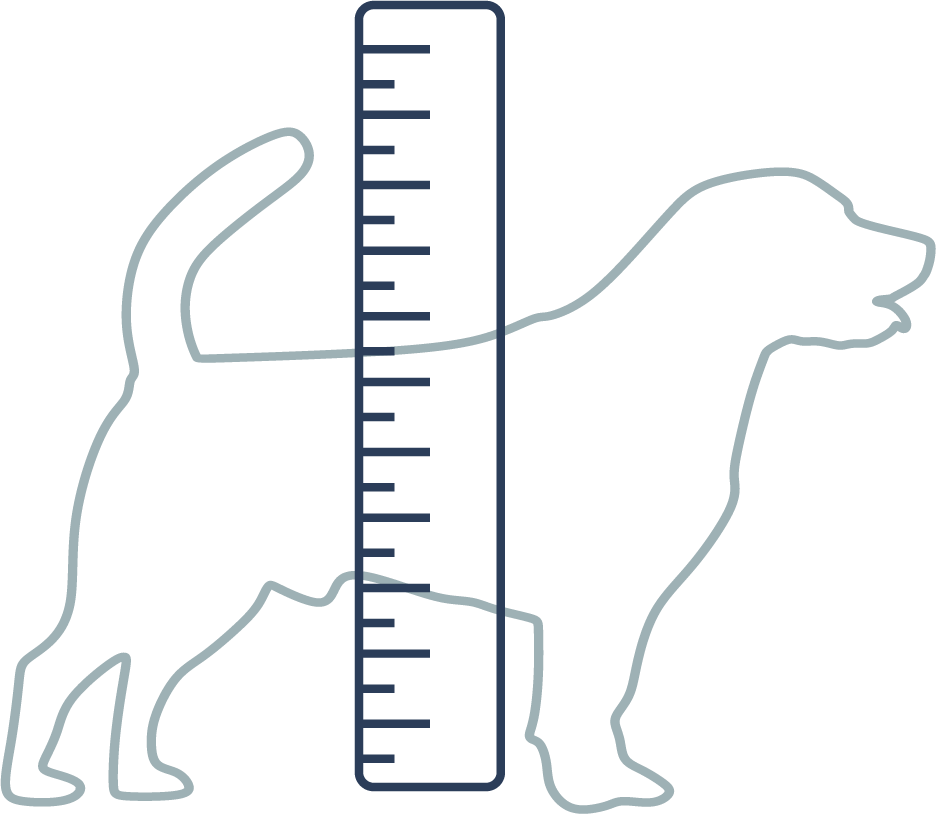


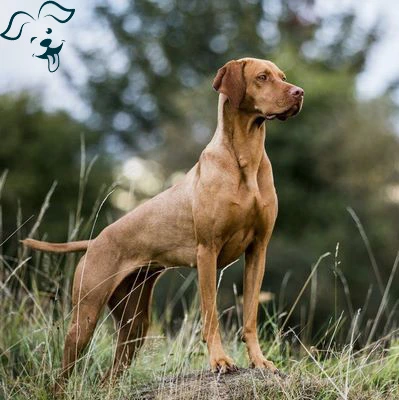
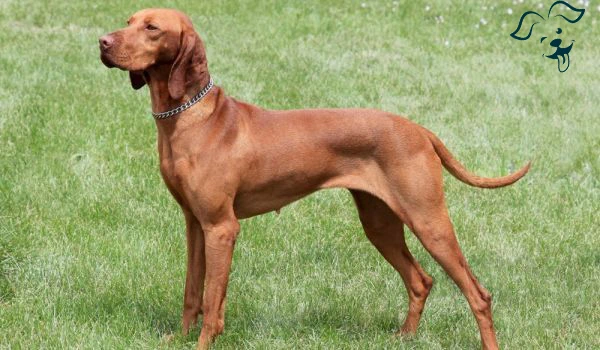
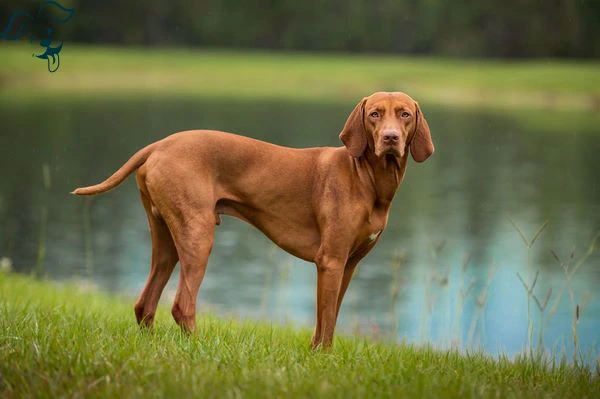







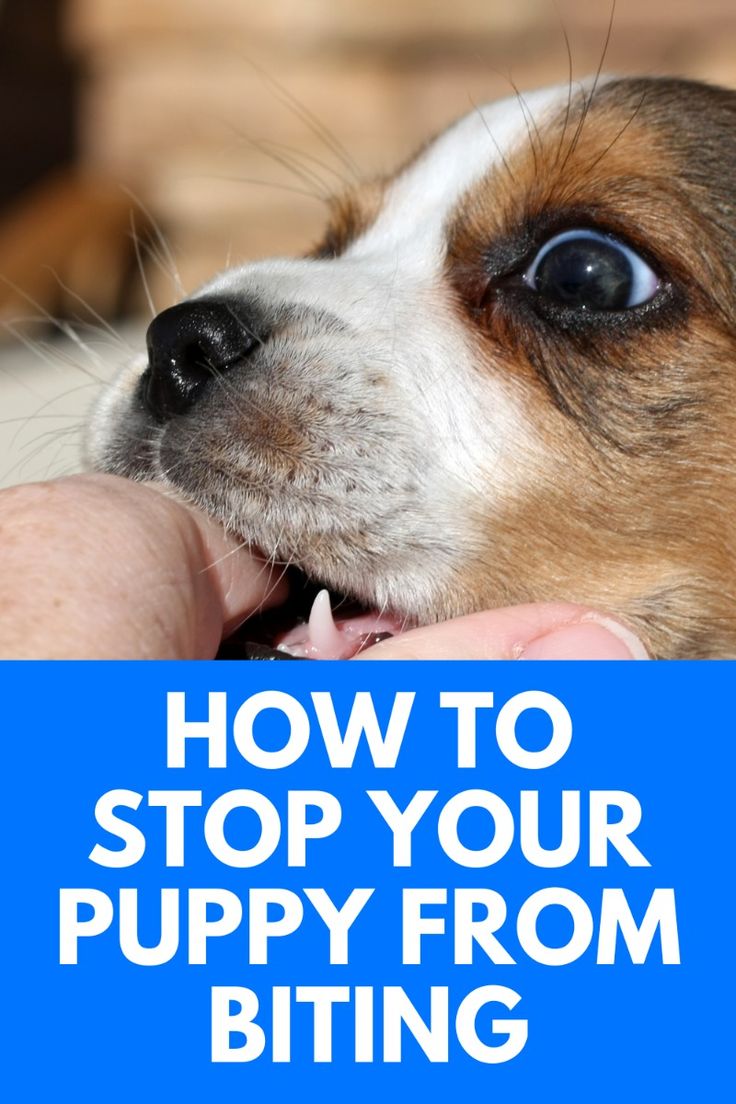
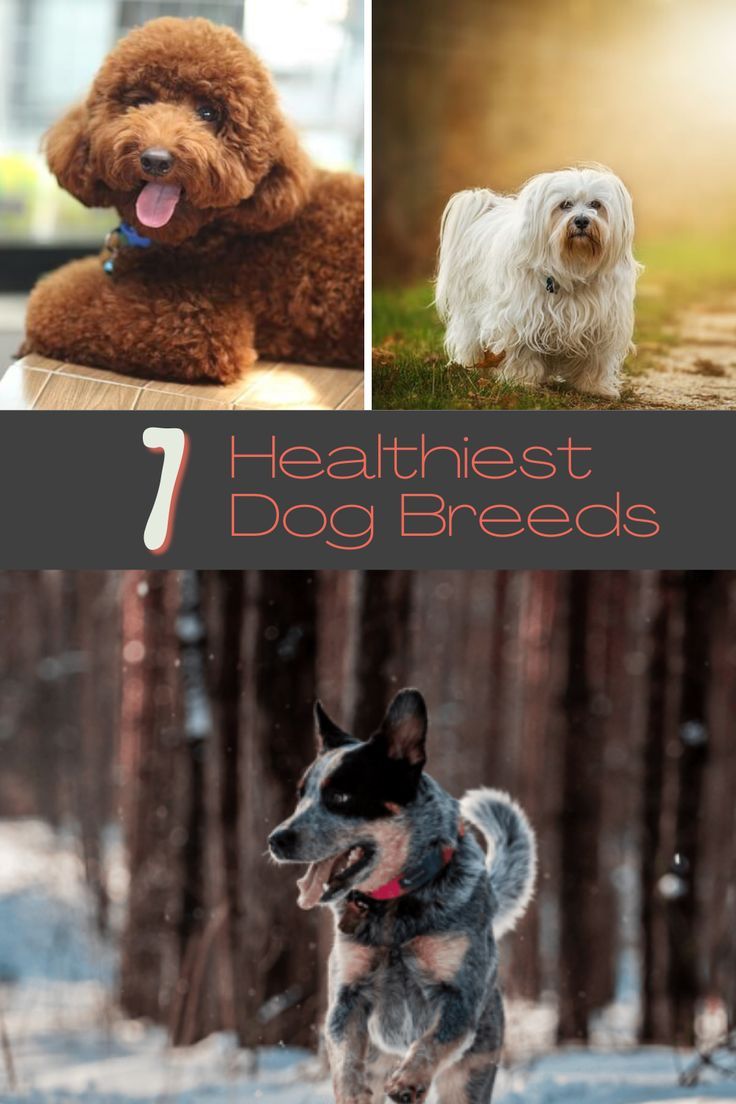

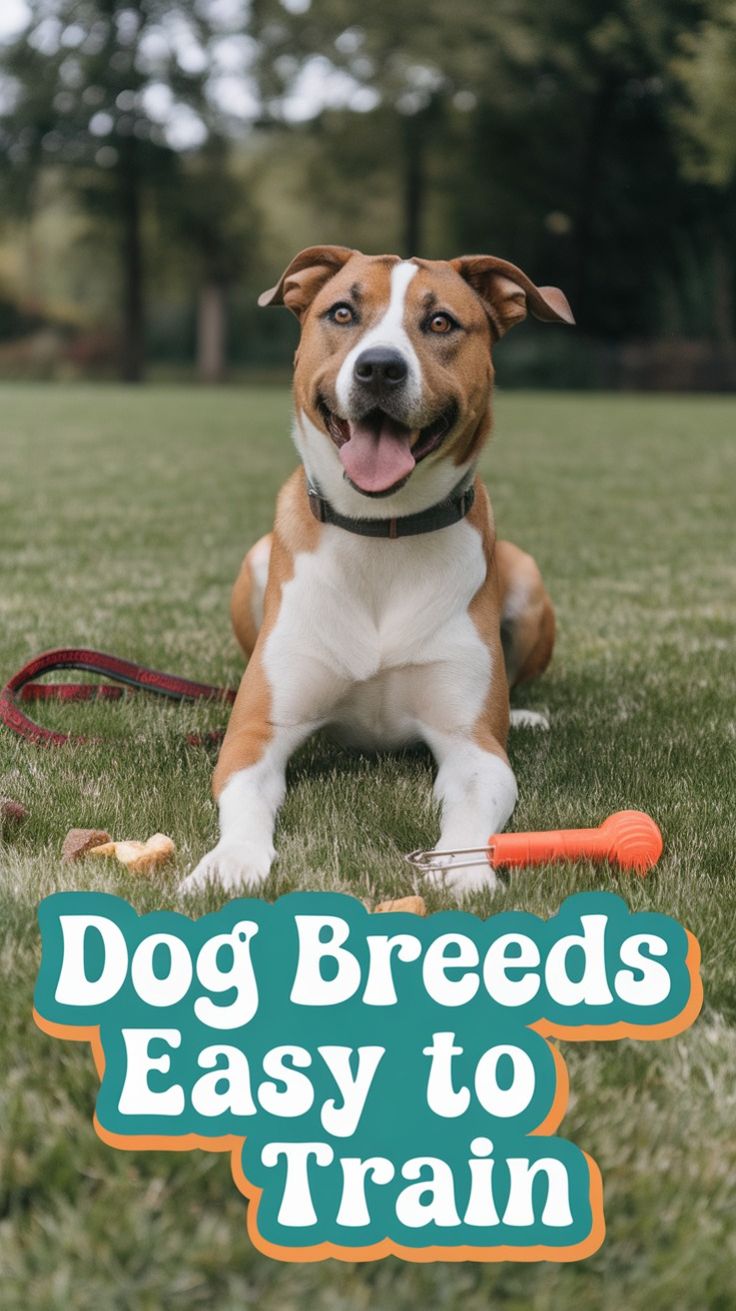
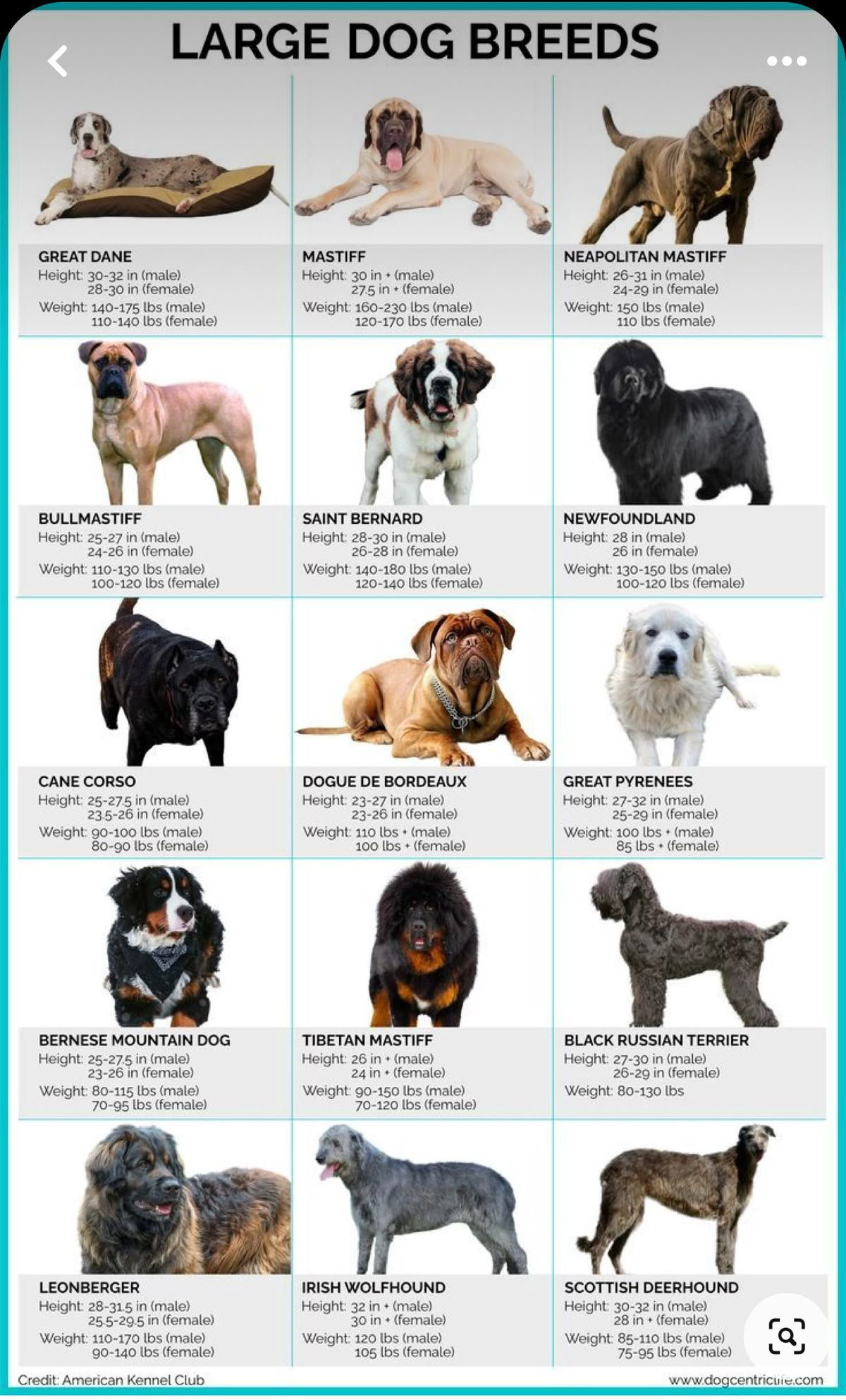

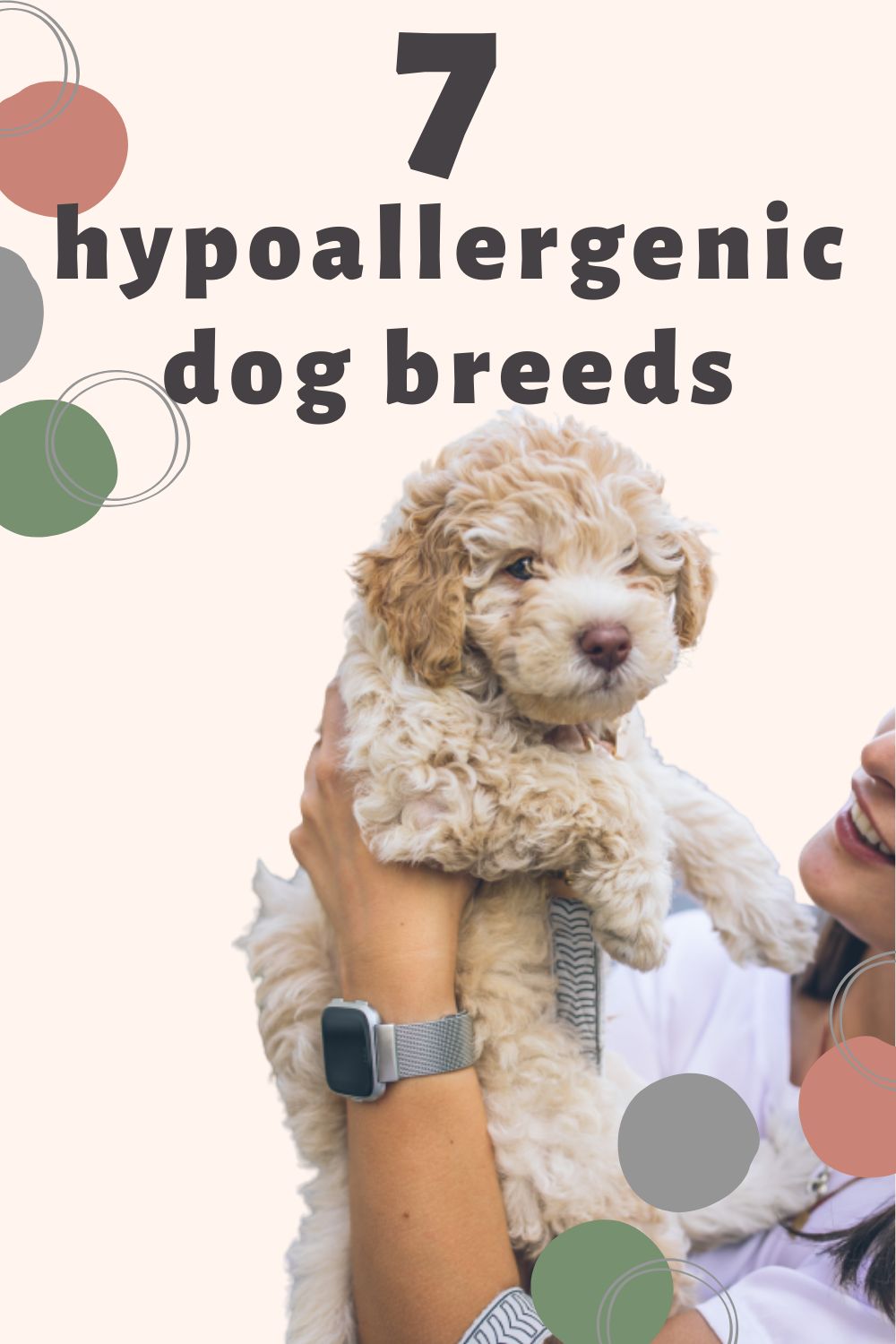


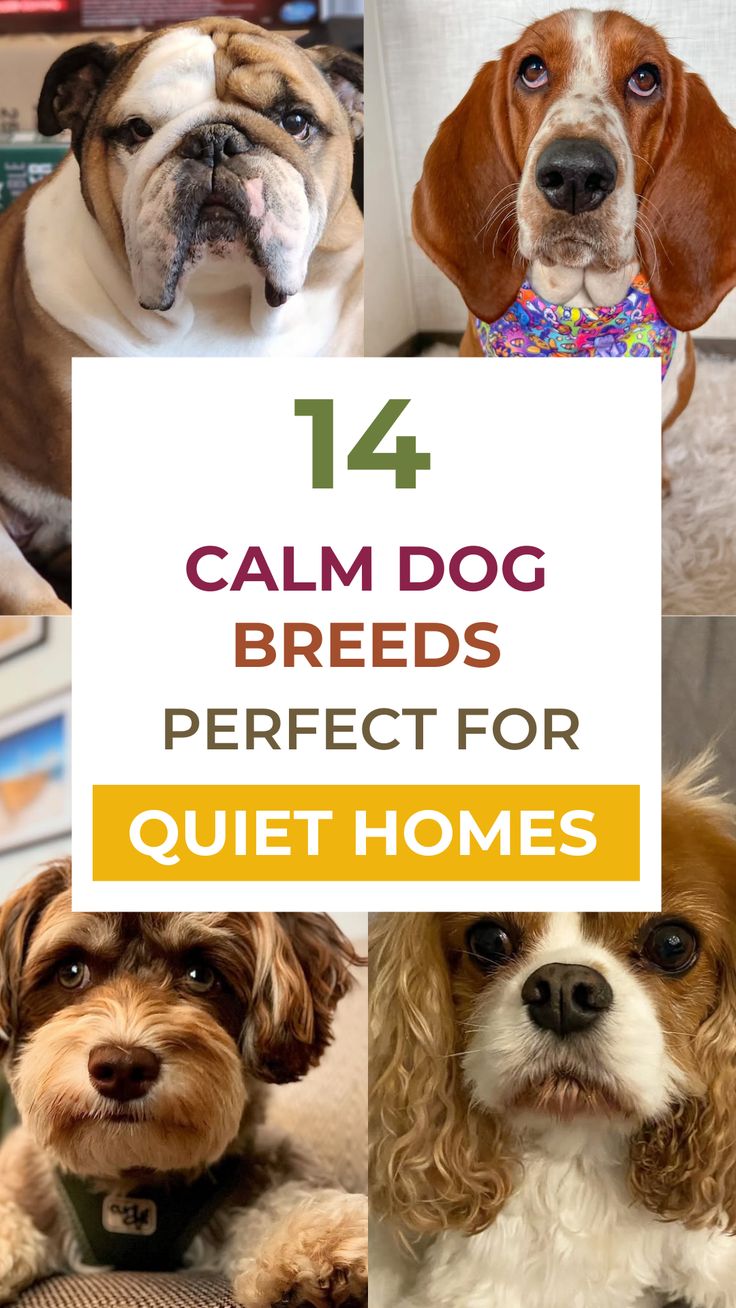

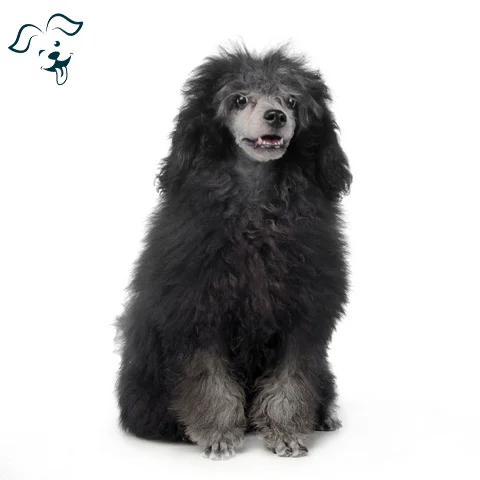

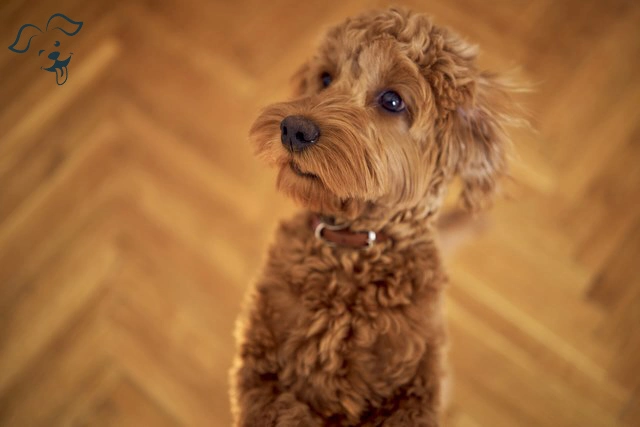
FRIENDLINESS
LIVELINESS
VIGILANCE INTENSITY
ADAPTATION CAPACITY